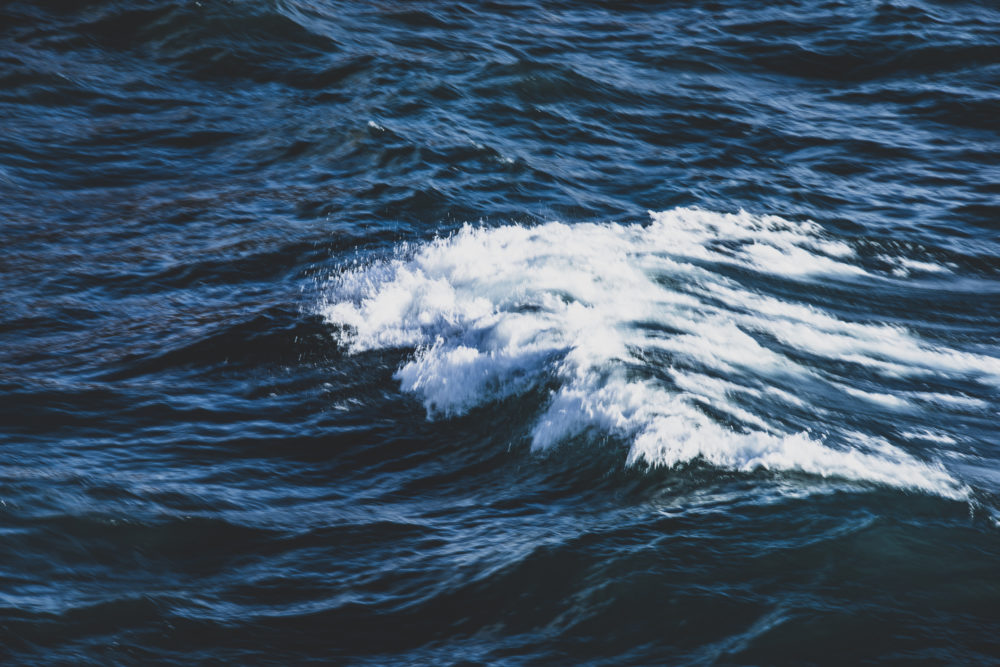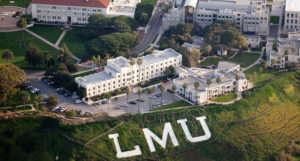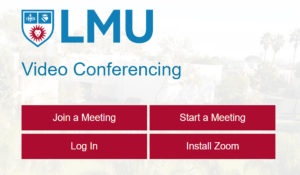UNIVERSITY BULLETINS | March 25-29 is Tsunami Preparedness Week in California. As part of LMU Public Safety’s commitment to the safety and security of our campus, all week the department will share content focusing on tsunami facts and readiness on the LMU Public Safety Emergency Management Twitter and Instagram accounts @ReadyLMU.
An informational booth will also be set up along Palm Walk to educate students, faculty and staff about tsunami preparedness, including handouts and LMU branded S’well bottles for the first 50 visitors. Please check @ReadyLMU for updates regarding the date and time of the booth.
Living along the coastal corridor, it is imperative that we as a community are prepared for the possibility of a tsunami, both recognizing the warning signs and knowing how to respond. A tsunami is not just one wave, but a series of extremely long waves caused by a large and sudden displacement of the ocean. This displacement could be the result of an earthquake, underwater landslide, or volcanic eruption. Large scale earthquakes that happen in places like Alaska or Japan could be strong enough to trigger a tsunami that reaches our shores.
There is no season for tsunamis.
Tsunamis can affect any coastal area, and while they cannot be prevented, you can be prepared for them. Being aware of your proximity to the ocean is the first step you can take in reducing risk to yourself and loved ones. If you live in or frequent coastal areas, it is important to know the signs of an impending tsunami, both through natural warning signs or man-made means.
Natural warning signs may be the only means of notification you receive. These warning signs may include:
- Strong ground shaking
- A loud ocean roar (like a train or an airplane)
- Ocean water receding unusually far, exposing the sea floor
- A fast-rising flood or wall of water
Man-made warnings may come from a variety of sources. This can include notifications made via radio, television, telephone, text message, or a verbal warning from a lifeguard or other official. You can register for local emergency alerts through L.A County, the City of Los Angeles, and directly from the National Oceanic and Atmospheric Administration (NOAA).
To learn more about the risk of tsunamis in your area, you may also visit Cal OES’s “My Hazards” and search by address to learn about the risks in your area and the corresponding preparedness steps you can take.
LMU Public Safety oversees monthly #ReadyLMU Preparedness Campaigns to help the LMU Community prepare for various types of emergencies throughout the year, using diverse outreach methods and marketing efforts.
If you have any non-emergency related questions, please contact the LMU Department of Public Safety, Emergency Management at emergencyinfo@lmu.edu or 310.338.2893.




